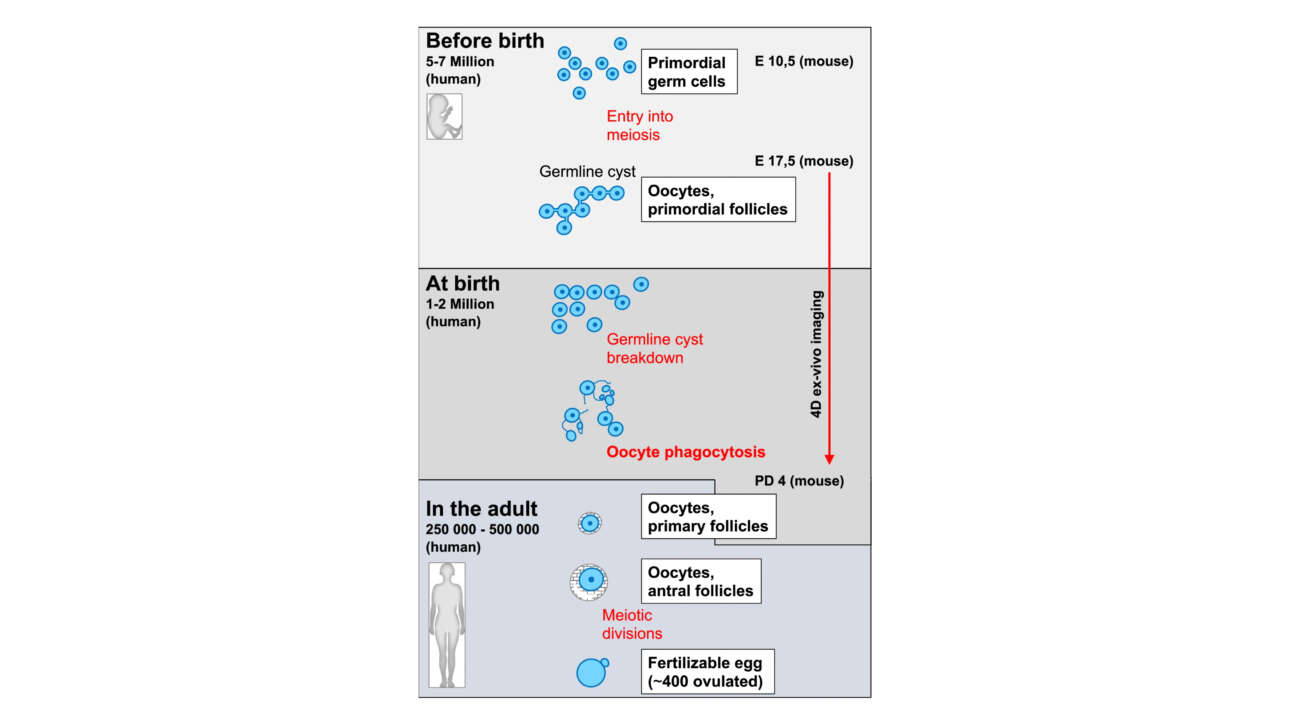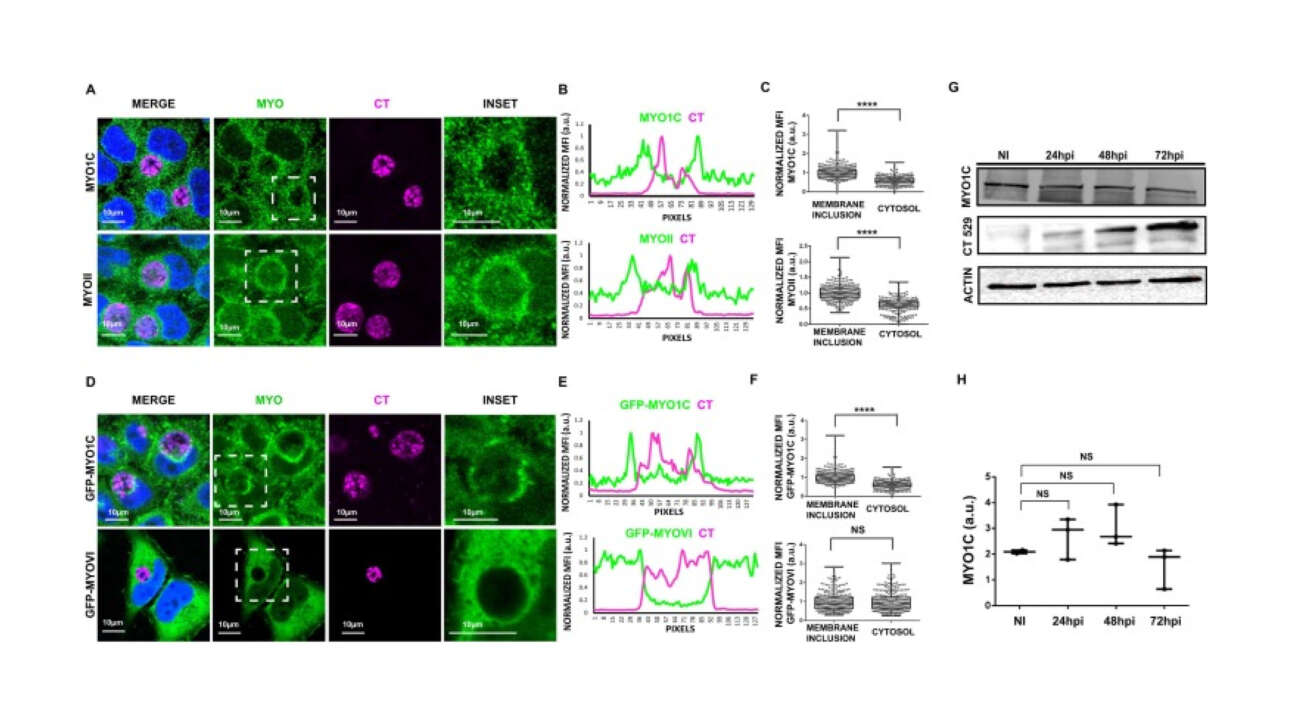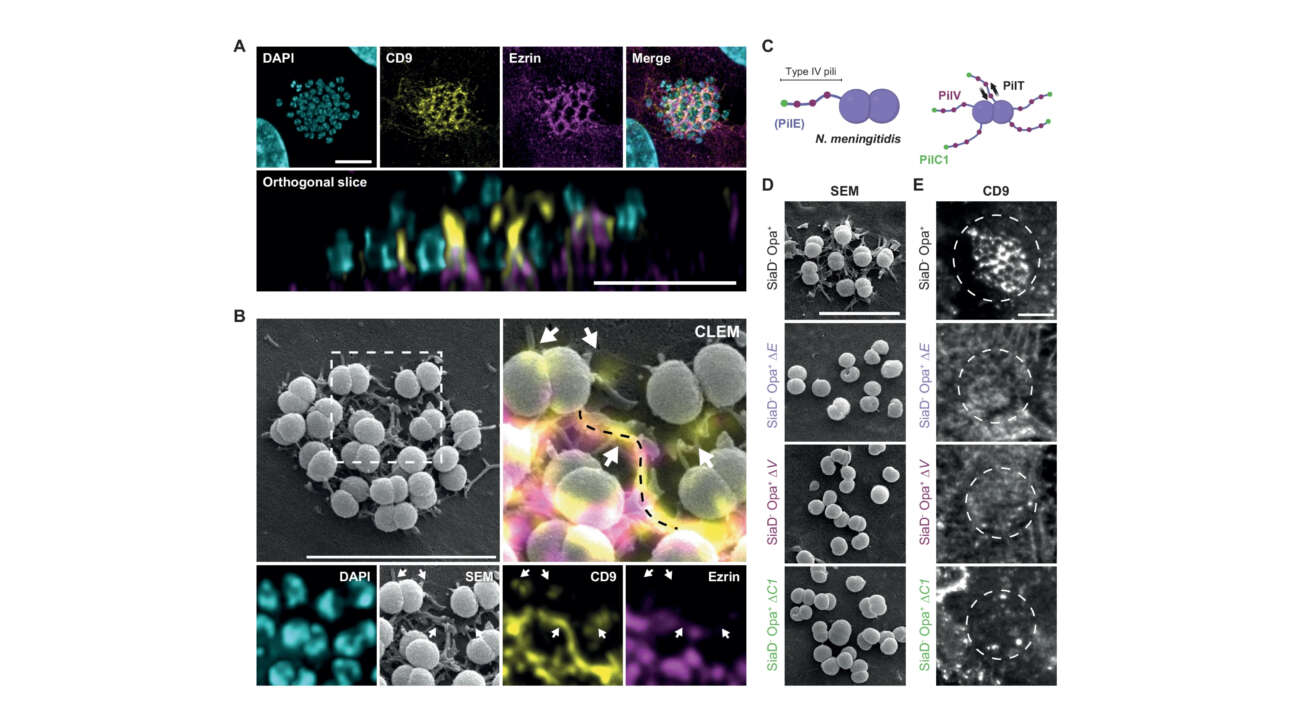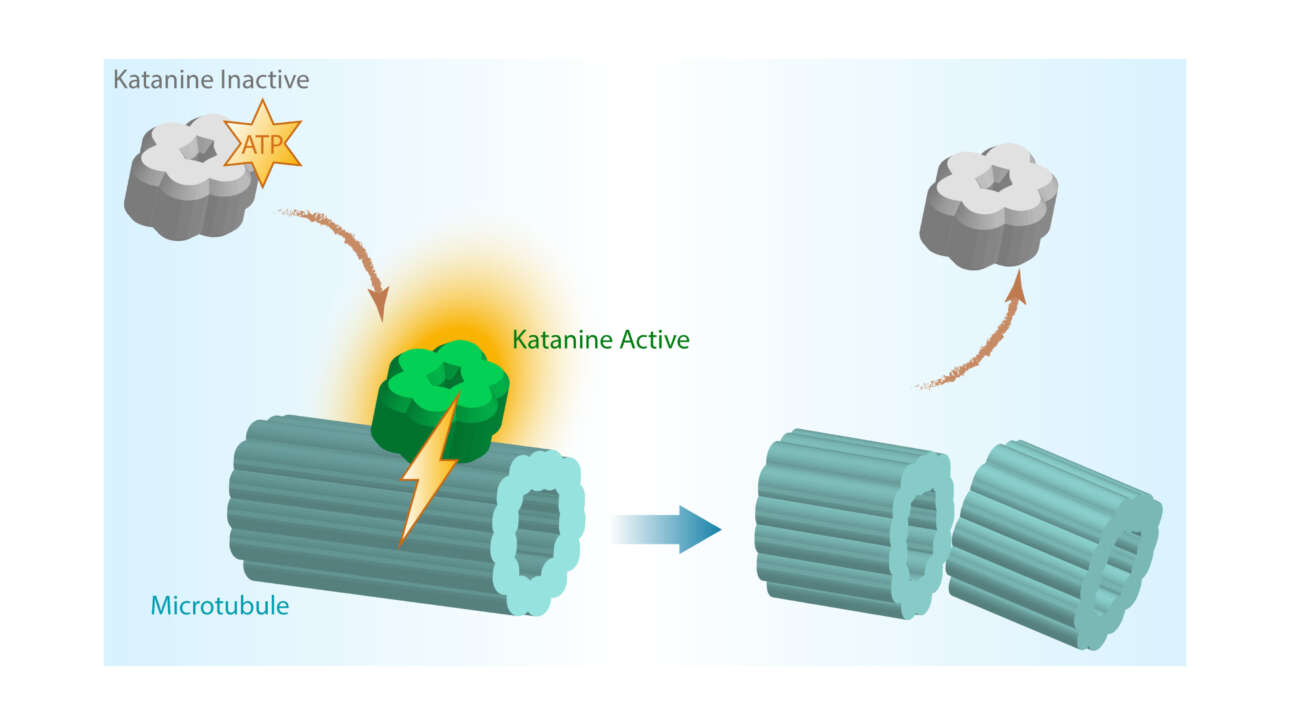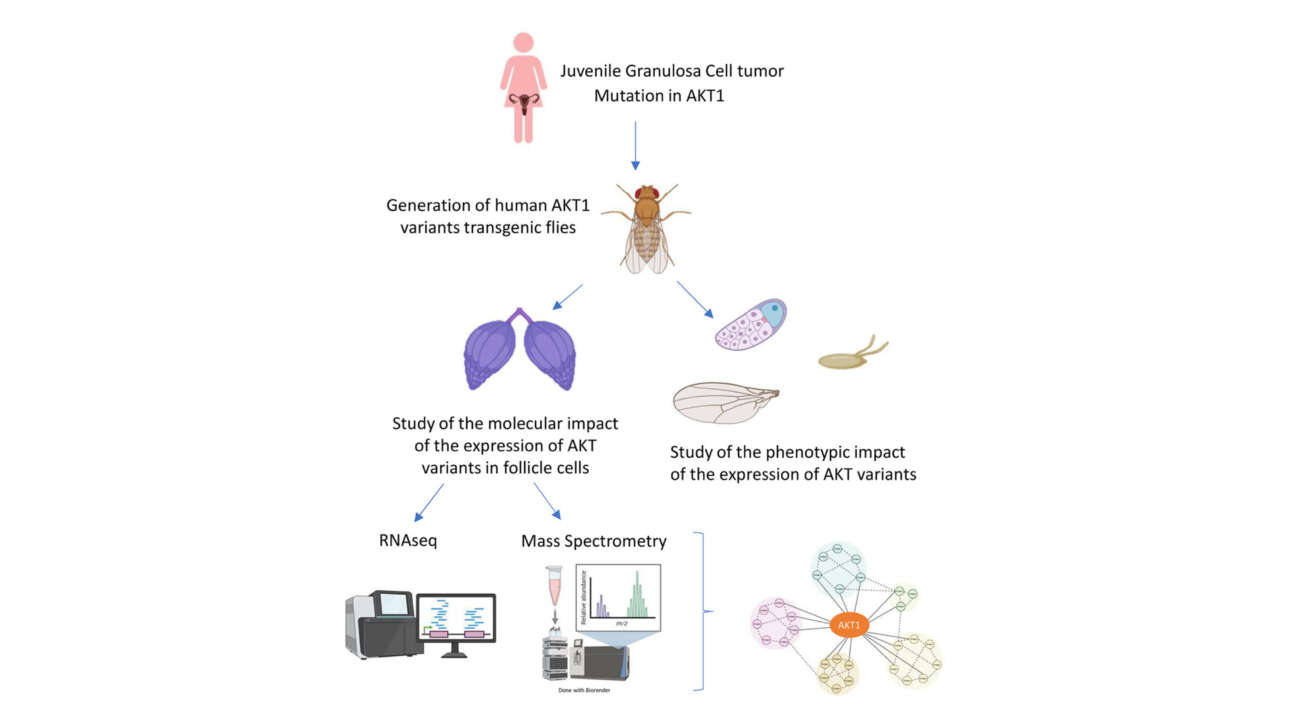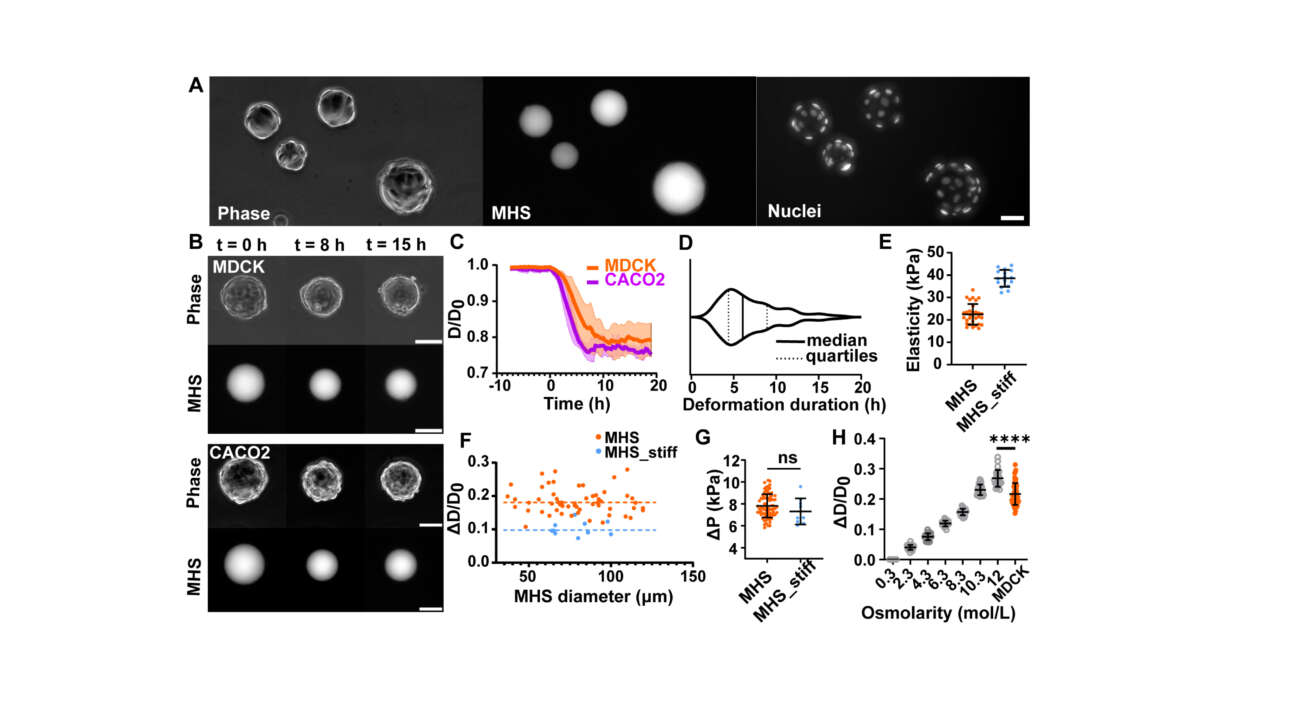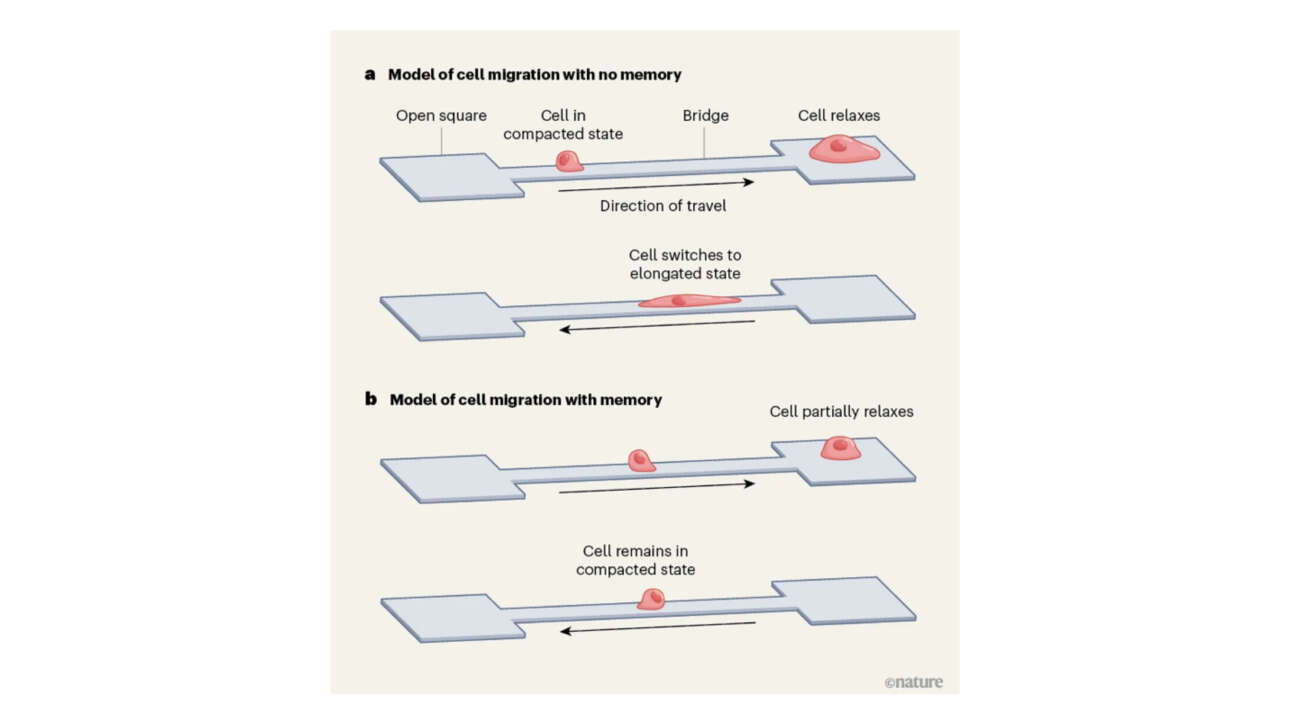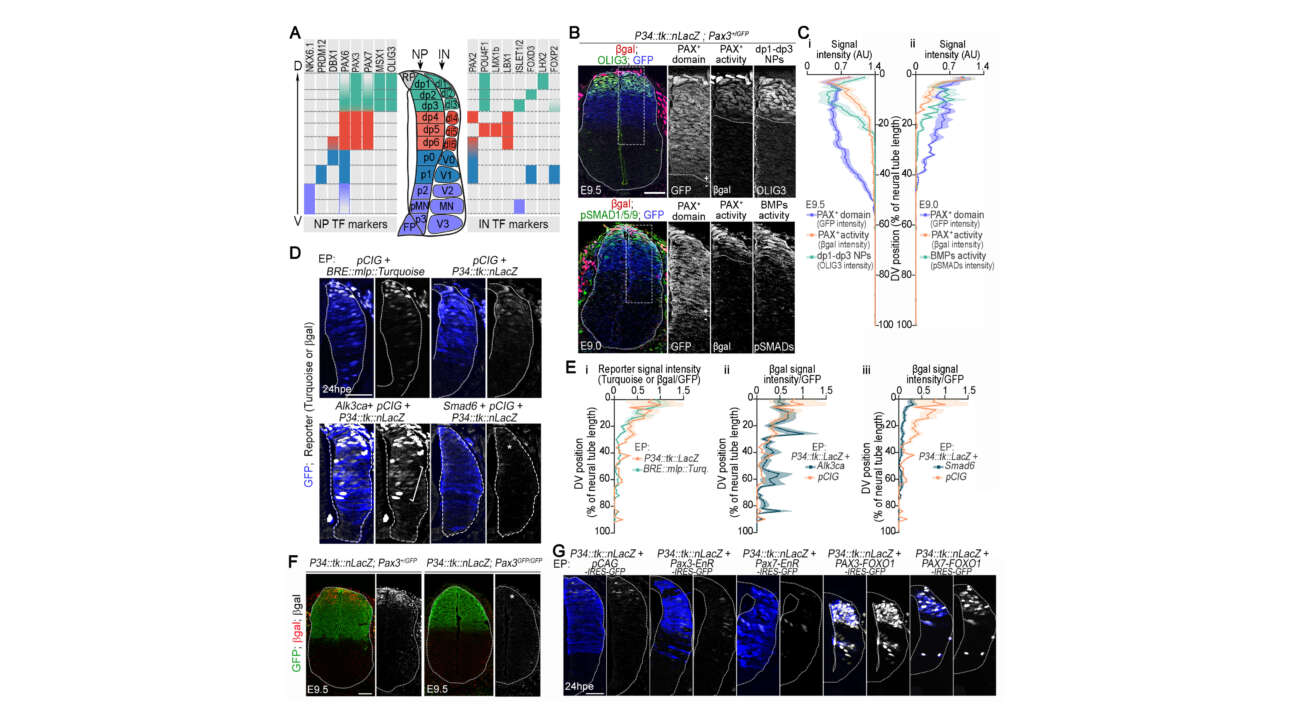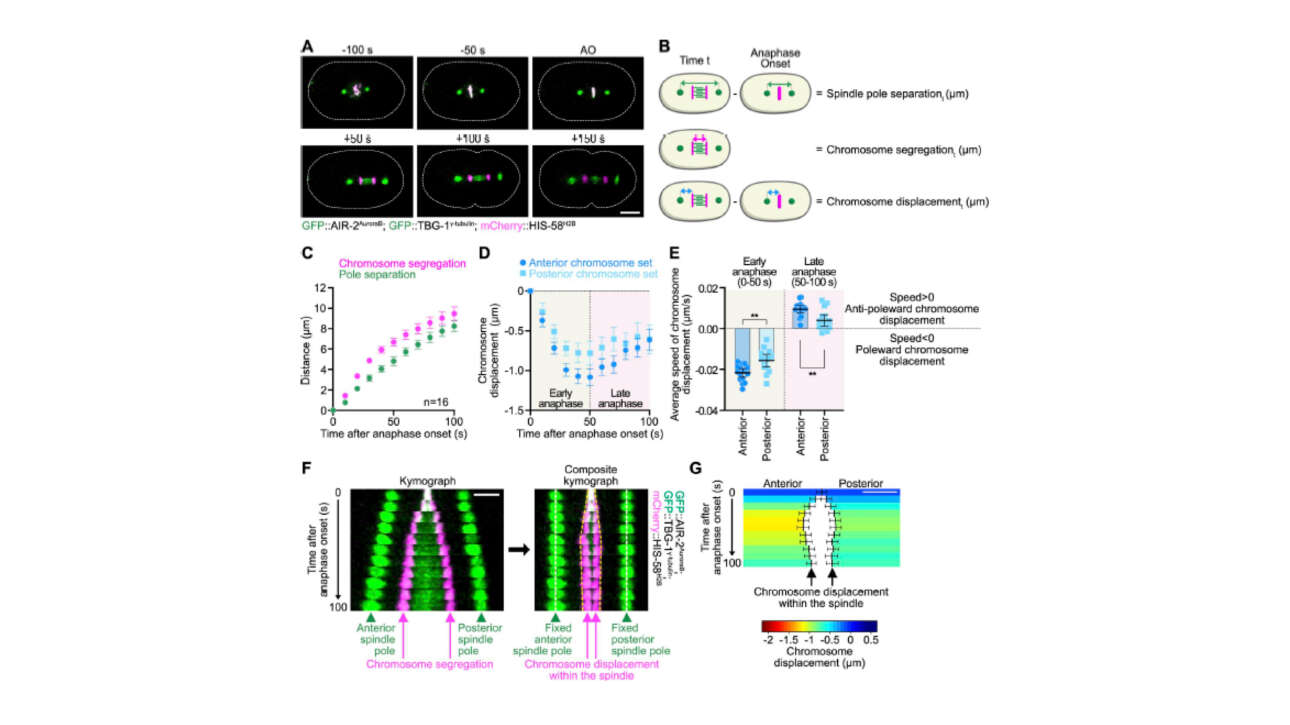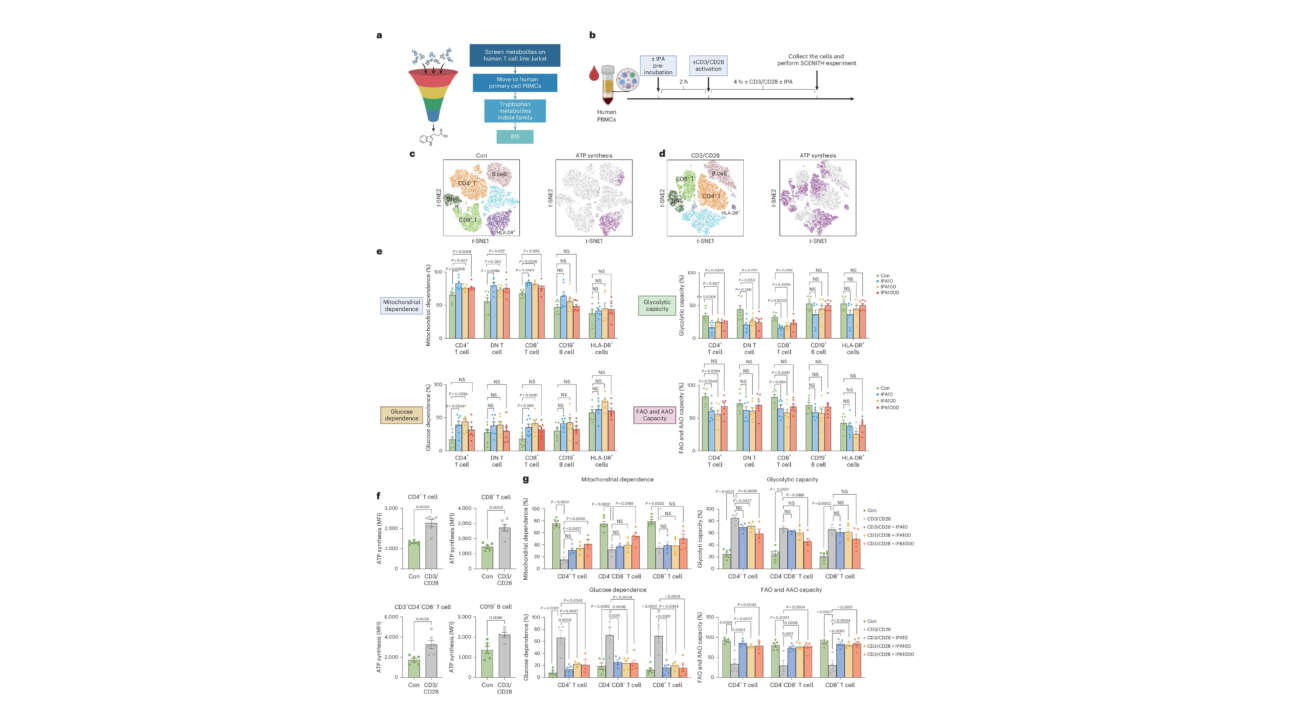The Wassmann Lab published a new article in EMBO Reports:
Oocyte selection: a tale of individualism, dominance and sacrifice
Abstract:
Oocyte development is a fierce competitive process in which only a small fraction of germ cells survives massive waves of cell death to become a fertilizable egg. Using an ex vivo 4D imaging system, Zhang and…
